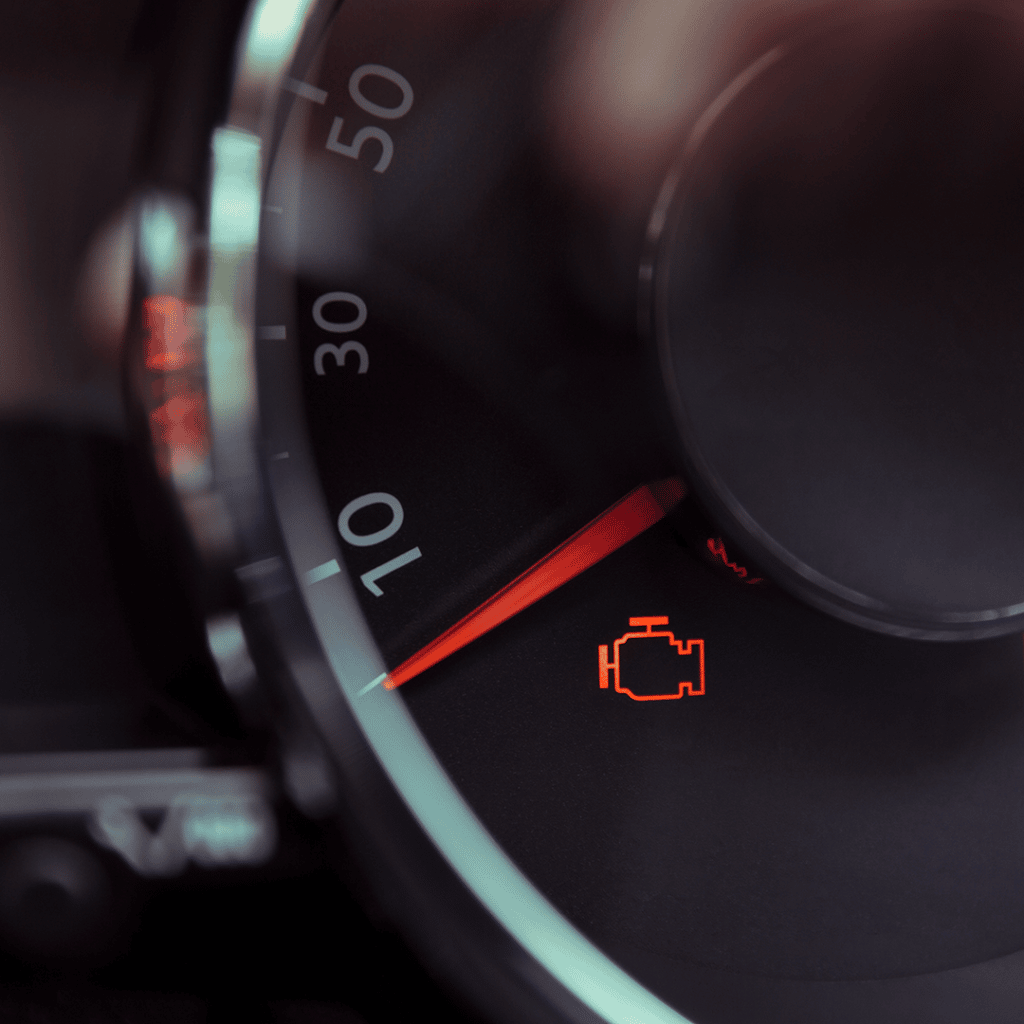
We can all agree that the cost of owning a vehicle is the biggest investment we have outside of the homes we live in. It cost a lot to buy a new vehicle and it cost a decent amount to maintain and repair our older vehicles. With over two decades in the auto repair, auto maintenance, and service industry, I have helped thousands of people make educated decisions on what to do with their vehicles. I would like to share with you some proven maintenance practices that will ensure you are driving a safe and reliable vehicle for as long as you want to drive it.
Maintain Your Vehicle
Rotate your tires every 6 months or 5,000 miles. The front tires of your vehicle typically wear much faster than the rear. Your front tires carry the additional weight of the engine and they are also the steering tires. This causes the edges of the tires to wear a bit faster than the rear. By regularly rotating the tires front to back, this will keep your tire wear even. Go to our tire blog for more information on why this is so important.
Fluids, fluids, fluids. The leading reason for major part failures is due to low, incorrect or contaminated fluids. Most of us know that our vehicles need a regular oil change. What most people don’t know is that there are many other fluids on their vehicles that require regular service. Thankfully these fluids don’t need to be serviced near as often as our engine oil, but they are just as important. Every vehicle make and model has different intervals that these fluids need to be changed. It is important to find a mechanic that understands your specific vehicle so that they make the proper recommendations when you take it in for your 6-month inspection. As a general rule of thumb, most vehicles require the first fluid changes around 50k miles and then every 30k miles after that. Fluids to keep in mind are: Transmission fluid, coolant, power steering fluid, brake fluid, differential fluids, and transfer case fluids. Some fluids like coolant and brake fluids have simple tests we can run on them to determine if they are due for replacement. Other fluids have to just be replaced as a mileage recommendation.
Pay attention to warning lights. To go along with fluids, paying attention to your gauges and warning lights can help you avoid a major failure. The majority of times we see a major engine failure on a vehicle, we determine the cause was lack of oil or lack of coolant. If you keep your engine full of good oil and do not overheat it, you will typically never have a major engine failure.
Oil light- If you ever have an oil warning light (looks like genie lamp) that comes on while the engine is running, this means get pulled over and the engine shut off as soon as it is safe. Immediately if possible. This warning light comes on if the oil pressure drops below minimum specification. By continuing to run the engine, it will be starved of lubrication and a major failure can occur.
Temperature gauge or light- If you ever have a temperature warning light or your temperature gauge reaches the red, get pulled over and the engine shut off as soon as it is safe. Immediately if possible. Once an engine reaches a temperature in the red, it is hot enough for important parts to warp and distort. The most common failure that is caused by an engine overheat is a failed head gasket. This is not the end of the world but it is fairly expensive to repair. You can typically avoid this kind of failure if you get the engine shut down before it gets too hot.
Check engine light- If your check engine light comes on and is solid, this means you need to go visit your mechanic soon to have the issue diagnosed. If your check engine light ever comes on and continues flashing, this means get pulled over and shut the engine off as soon as it is safe to do so. The flashing light is a warning that the engine is running poor enough to likely cause damage to other components. It is my advice to have the vehicle towed to a trusted mechanic rather than drive at this point to avoid further damage.
Take your vehicle to a trusted mechanic every 6 months for a thorough inspection. Try to avoid the quick lube type places for this inspection. The quick lube has its use when you need a fast and convenient oil change but they don’t typically have the experienced mechanic on staff or the process in place to really check all the important safety and maintenance items on your vehicle. Catching a worn part before the point of failure will cause way less wear and tear on your vehicle and will also keep you from having a major failure that results in a breakdown.

For more great info check out this article from Allstate.I hope that this advice is helpful to you and helps you avoid some major parts failures in the future! Tom Lambert- Shadetree Automotive






